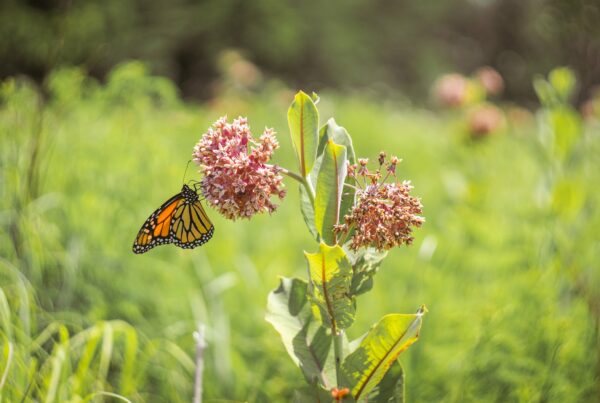Weirder temperatures, fluctuating precipitation, and loss of suitable habitat are often associated with climate change – these things seem so out of reach and can leave us wondering what the next best steps could possibly be. After all, individuals can only make so much impact, right?
Nature and other natural spaces are perhaps the most important and powerful solution in mitigating climate change and its related impacts. In our natural spaces, individuals have the potential to make a big impact in a small amount of time.
Prairies and the rich native plant communities that they’re made of can store one ton of carbon in their roots per year (University of Minnesota). Nearly half of all the root mass in a prairie’s soil is carbon that was removed from the atmosphere while the prairie’s plants were growing; it’s important to note that because this carbon is sequestered in the roots and soil rather than in the plants themselves, it is far less likely to be re-released into the atmosphere.

By Hunter Moore. Hunter is the Kansas City WildLands Program Manager.
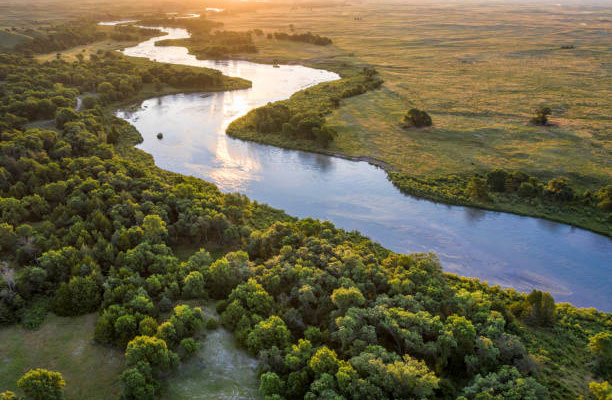
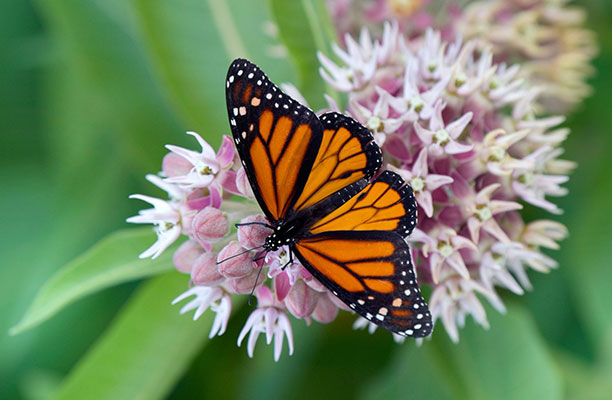

On remnant prairies – prairies that have largely been undegraded throughout time and still retain historical characteristics – that are managed by smart restoration, this carbon sequestration has the potential to be even greater.
Grasslands across the world are disappearing faster than any other ecosystem on the planet. Because habitat loss is one of the leading threats to biodiversity, our local prairies are rich with opportunities to conserve, protect, and restore critical habitat resources. Several species of conservation concern, including regal fritillary butterflies, Mead’s milkweed, and American bumblebees are found within a 30-minute drive from downtown. With climate change increasing the pressure on these already habitat-scarce species, conserving what we have left is increasingly important.
Examples of major concerns related to climate change include ‘wetter wets and drier dries.’ These conditions refer to how increased heat and greenhouse gas emissions alter precipitation patterns, exacerbating drought conditions during some parts of the year while creating torrential downpours just months later. Riparian zones – also referred to as riparian strips, riparian corridors, or buffer zones – are the transition areas between terrestrial and aquatic ecosystems. Local riparian ecosystems, like the woodlands and forests found in the Blue River watershed and along the Kansas and Missouri Rivers, also protect our landscapes from the effects of climate change by stabilizing banks with their roots and mitigating erosion and increased stormwater runoff. Riparian areas also protect the life living within the water itself, reducing nutrient pollution and providing canopy cover that stabilizes water temperatures and light availability.
Increasing habitat connectivity and increasing our green spaces across the metro works to stabilize the temperature and precipitation in our region, remove carbon from our regional atmosphere, and provide our communities with increasing access to unique, well-maintained and managed natural areas for the benefit of our collective physical and mental health.
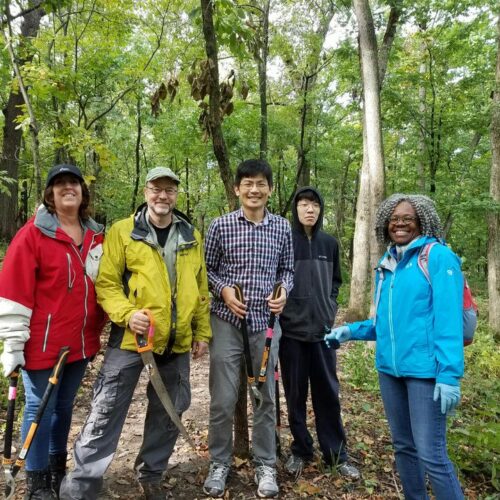
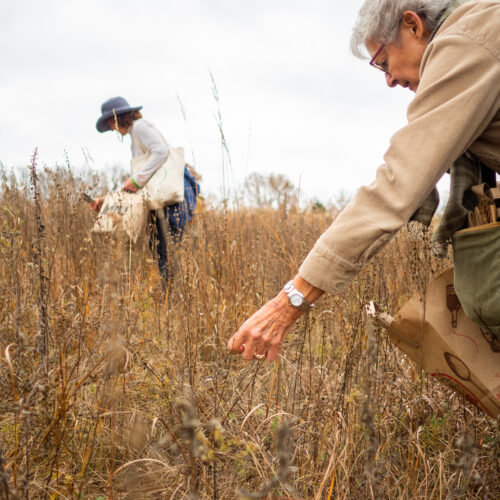
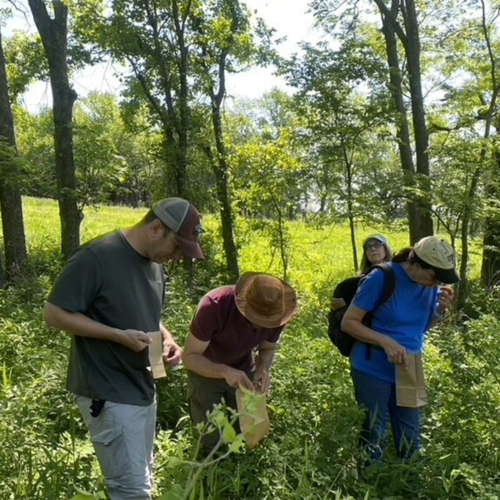
Here in Kansas City and across the metro, we are fortunate enough to have a wealth of these high-quality, diverse natural spaces. Our Kansas City WildLands program stewards 17 sites totaling 600+ acres of prairies, riparian areas, forests, glades, and woodlands. By being leaders in invasive species management, a regional native seed team, prescribed fire, native plants, and citizen science, Kansas City WildLands conserves, protects, and restores these natural spaces that are our greatest defense against the effects of climate change.
Want to get involved and be a part of the impact? Volunteering with us is a great way to participate in invasive species removal and seed efforts that have a direct impact. Other beneficial actions can include adding native plants to your yards and patios and learning more about local ecosystems and how we’re all connected to them.

